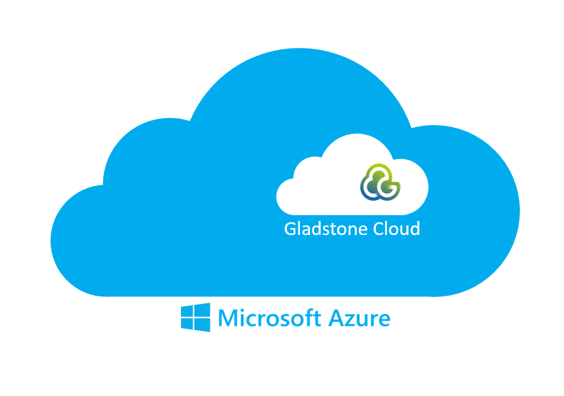You’ve heard us talk a lot about GladstoneGo being ‘cloud native’ – but what does that really mean?
First, let’s wind back a bit. GladstoneGo is a fully cloud-native application, which sits in our cloud infrastructure (Gladstone Cloud), which is powered by Microsoft Azure. That's a lot of words. Check out the diagram below to see how this all fits together:
 GladstoneGo is in our Gladstone Cloud which is powered by Microsoft Azure
GladstoneGo is in our Gladstone Cloud which is powered by Microsoft Azure
DevOps is at the heart of Gladstone Cloud. But what is DevOps exactly? DevOps is a set of practices that combines software development and IT operations. DevOps is all about agility and reducing the time between committing a change to a system and that change being implemented and deployed. It’s now an integral part of how we operate, continually bringing benefits to our customers through faster and more efficient updates
We keep talking about our cloud infrastructure being ‘scalable’ and ‘extensible’ compared to the old world of computing, but what does that actually mean? I feel an analogy coming on...
What is autoscaling? Think of futuristic cars
Here’s a simple way to think of scaling in cloud infrastructure. Think of a car, any car. Obviously, cars remain the same size no matter how many people are in them. This is like the old school example of servers in a data centre – they remain the same size, whether they’re being used or not.
Now imagine a super modern futuristic car. This car scales to fit your needs. Just you using it? It morphs into a compact one-seater. Giving 8 people a lift to the station? It turns into a minibus, and so on…
This autoscaling is the same concept as cloud platforms use, detecting changes in usage and adapting accordingly, meaning customers never have to deal with lags in performance or a loss of service.
Time for another analogy.
Pets vs. Cattle Concept
The Pets vs. Cattle analogy is a popular DevOps concept that helps to explain the difference between the ‘old world’ vs the ‘new world’ way of doing things when it comes to cloud computing.
Pets Service Model
Let’s look at traditional data centres first. Think of these servers as pets – they’re individuals, each has their own memorable name and is cared for. If one gets sick, you nurse it back to health, spending time and money to get them well again.
Cattle Service Model
Now onto modern servers, or the cattle in this case. Cattle don’t require the same level of specialised care and attention that say, a puppy would. They don’t have affectionate pet names and are instead identified by numbers. They’re all treated the same, and if one got seriously ill or injured, well, I think we all know what would happen. To put it bluntly, they’re replaceable.
Although at first glance, the treatment of pets seems positive, developers should be predominantly targeting the cattle model. In this model, if an instance of code isn’t working properly or needs to be updated, it can instantly be updated and a new server is provisioned quickly– and this is all done via automation. This means there’s no waiting around until servers manually get repaired or small errors in the configuration are updated, it’s all done instantly, so you as a customer will experience optimum performance. With automatic scaling and self-healing capabilities, cloud infrastructure is all about speed and agility. If there are any problems or updates needed, these changes can happen quickly.
We’ll stop with the analogies now, but hopefully this has cleared up some of the differences between traditional software in a datacentre vs cloud infrastructure and cloud-native applications. This modern infrastructure is a game-changer for Gladstone and the wider industry, and we’re excited to be able to provide our customers with the modern user experience they deserve.
Want to learn more about our cloud-native application, GladstoneGo? You can book a demo below and we'd love to tell you more.

No Comments Yet
Let us know what you think